Hi, SaaS | 2019 SaaS Trends by Blissfully
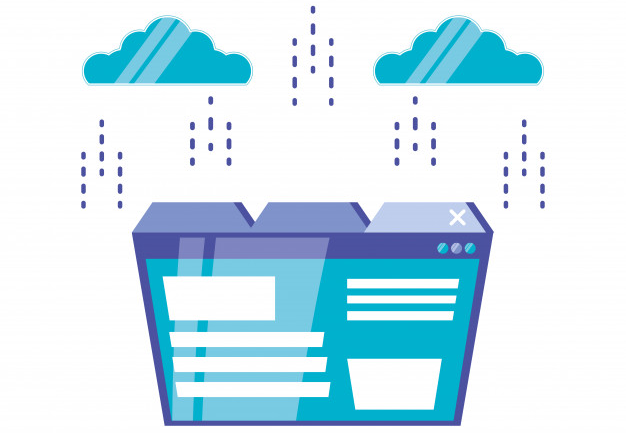
Each year, Blissfully analyzes its customers anonymous dataset to identify trends in SaaS costs and usage. The final report reviews data from nearly a thousand companies for 2018 and gives recommendations on how to think about SaaS in 2019.
Costs and SaaS Implementation Continue to Grow
In 2018, costs and SaaS implementation continued to grow rapidly in all companies. In 2018, the average company spent $ 343,000 on SaaS, which is 78% more than the previous year.
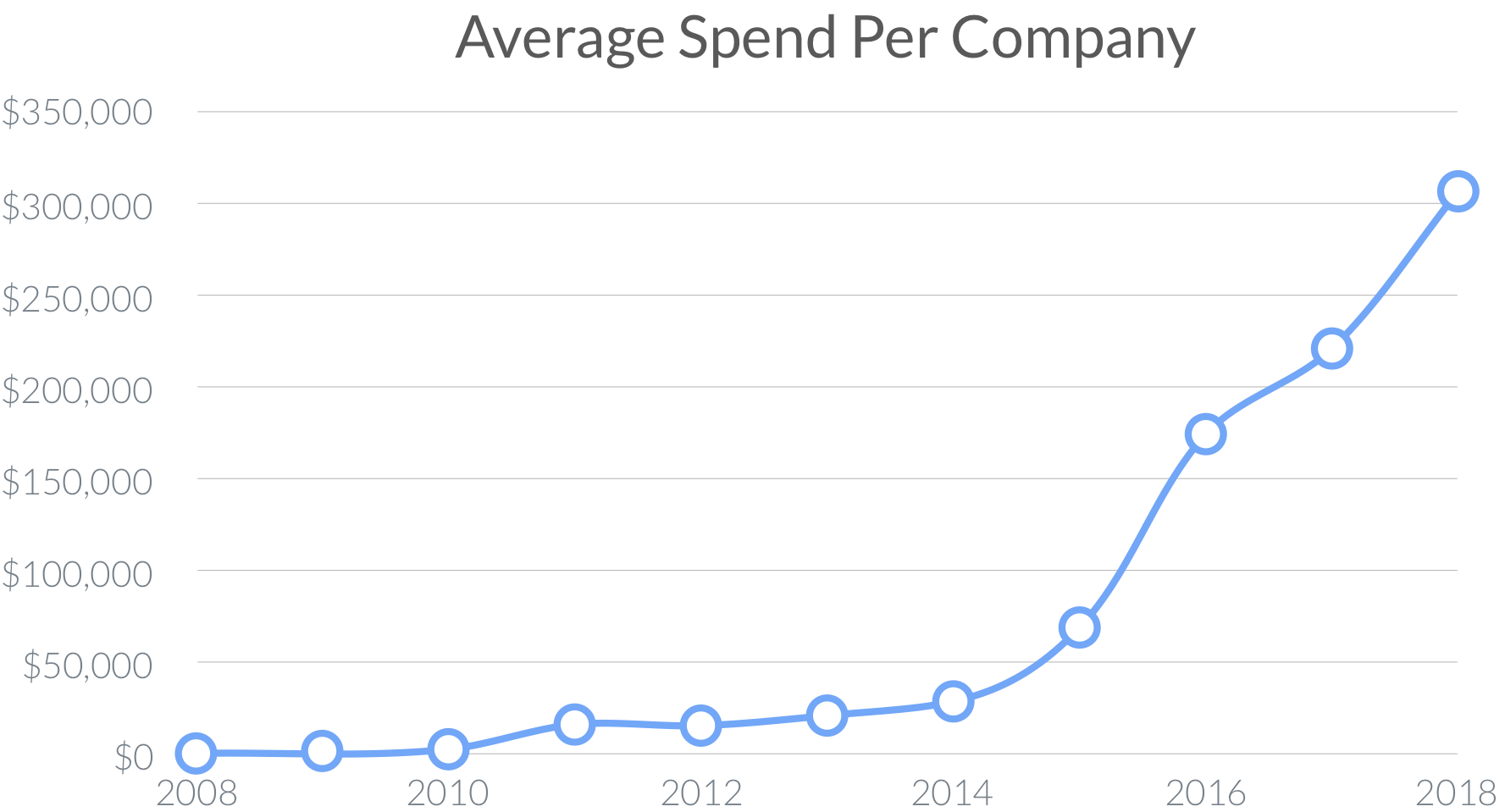
Companies spend more on SaaS than laptops
A software toolkit is more expensive than the hardware on which it works. In 2018, the average SaaS subscription cost per employee ($ 2,884) was higher than the cost of a new laptop ($ 1,299 for Apple Macbook Pro). And as more companies move to SaaS, the gap between software and hardware costs is likely to widen.
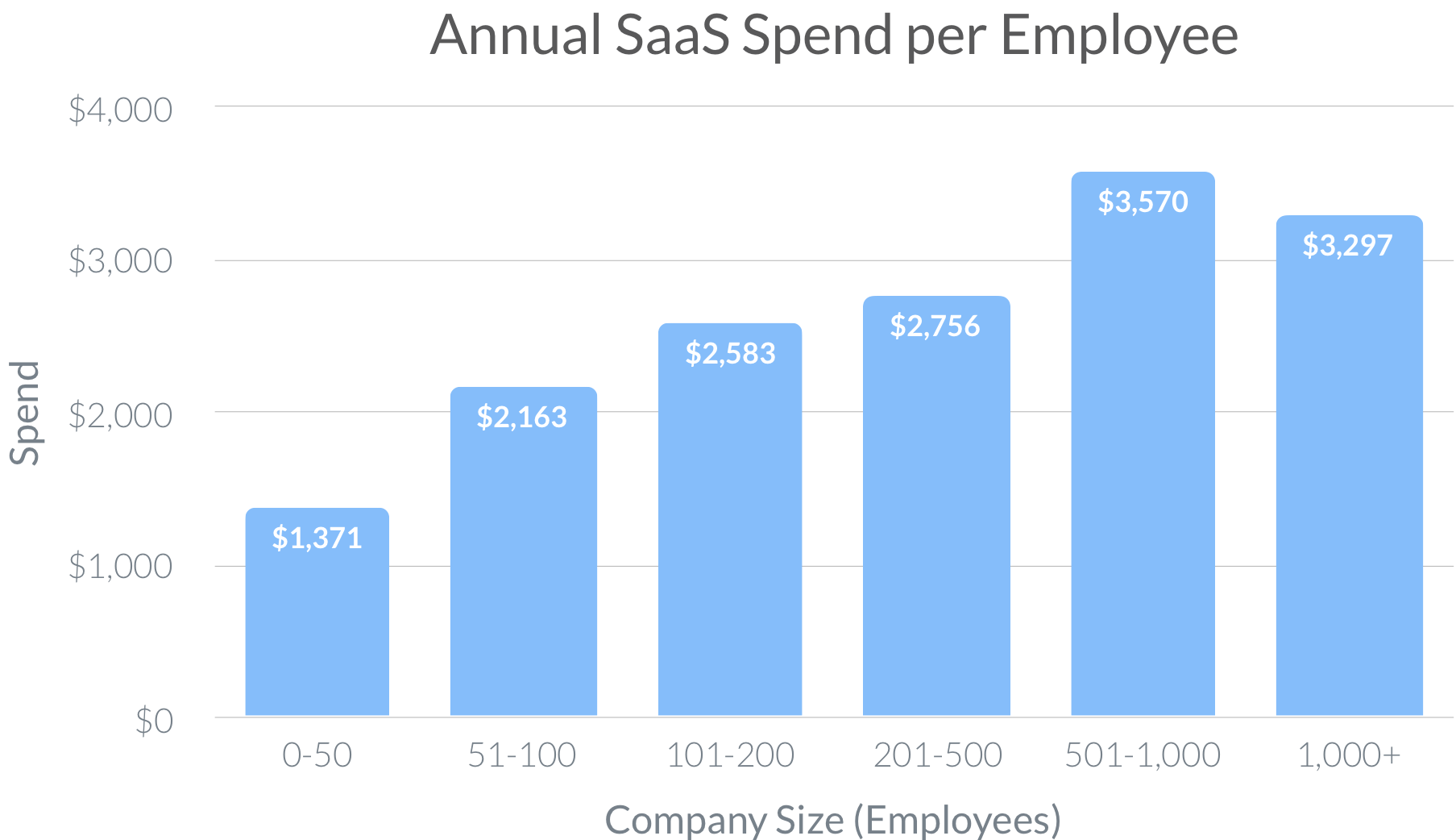
Employee uses at least 8 applications
The average number of applications used per employee was almost the same in all segments of the company. Although, as companies grow, the average number of applications per company tends to increase linearly.
This means that instead of simply adding locations to applications that are already in use, companies are adding new applications as they grow. This is usually the result of specialization, but it can be a signal of redundancy or inefficiency (for example, several subscriptions to one application or several applications that serve the same purpose).

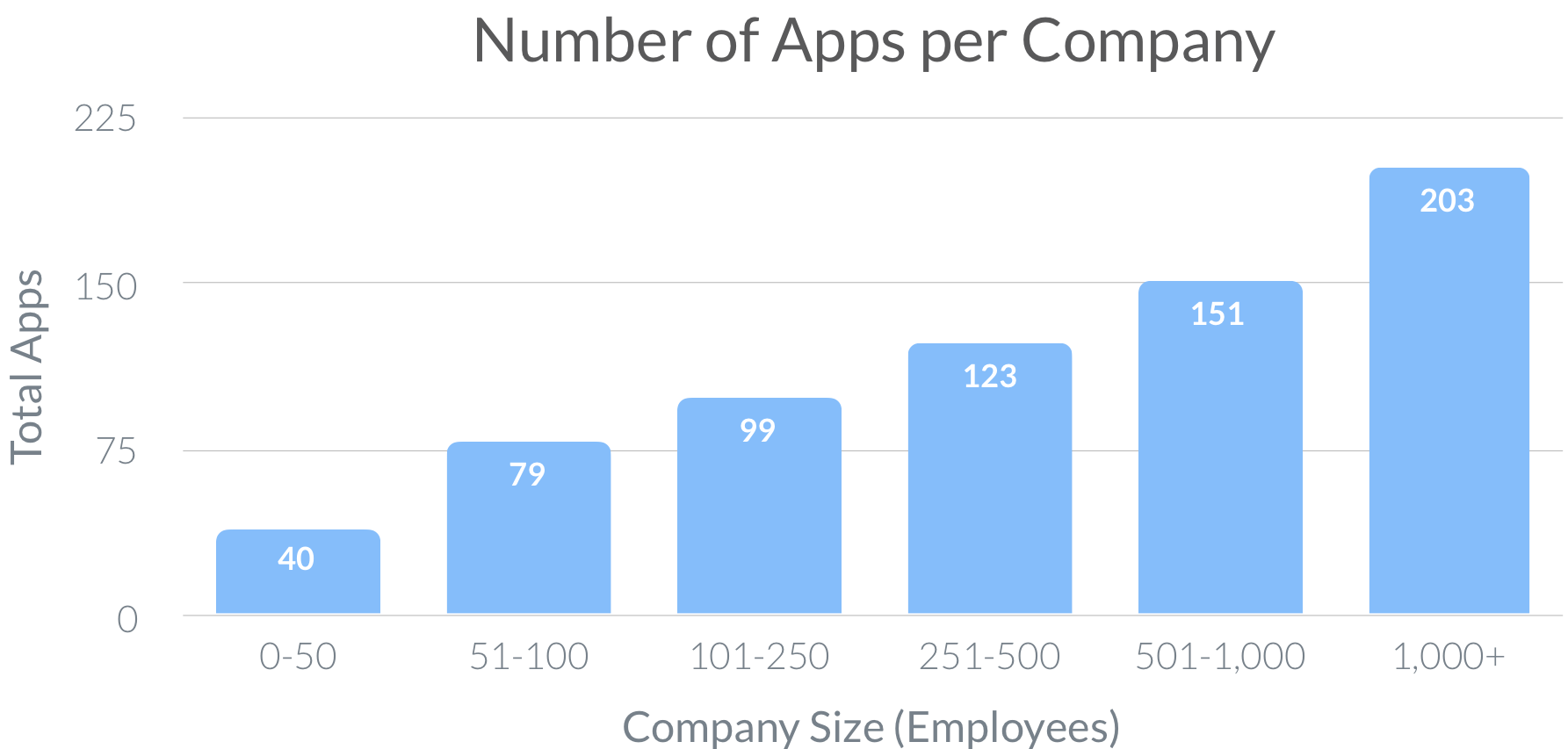
SaaS is decentralized throughout the organization
None of the interested parties no longer “owns” IT management. Ten years ago, IT made all the major decisions about technology purchases. Today, with thousands of SaaS applications available, IT professionals cannot evaluate the right technology for the needs of each department. In addition, the nature of SaaS is such that the IT department does not need to install and maintain new applications. Anyone, even those with little technical knowledge, can choose, buy and implement applications.
These two trends — the sheer volume of applications available and the ease of implementation — have prompted companies to share responsibility for SaaS across the organization. Department heads can now play a much more important role in evaluating the best technology tools for their teams.
SaaS has many owners
SaaS providers make it easy to configure and use applications for everyone. As a result, the number of SaaS owners in the organization has increased dramatically.
The average mid-sized company has 32 different billing owners for its SaaS applications, effectively distributing the IT budgeting task throughout the organization.
With so many decision makers and so many applications, organizations are in the mood for chaos. An amazing 71% of companies have at least one SaaS subscription without a billing owner. This usually means that the person who originally purchased the application on behalf of the company left the organization, leaving the application “orphaned”.
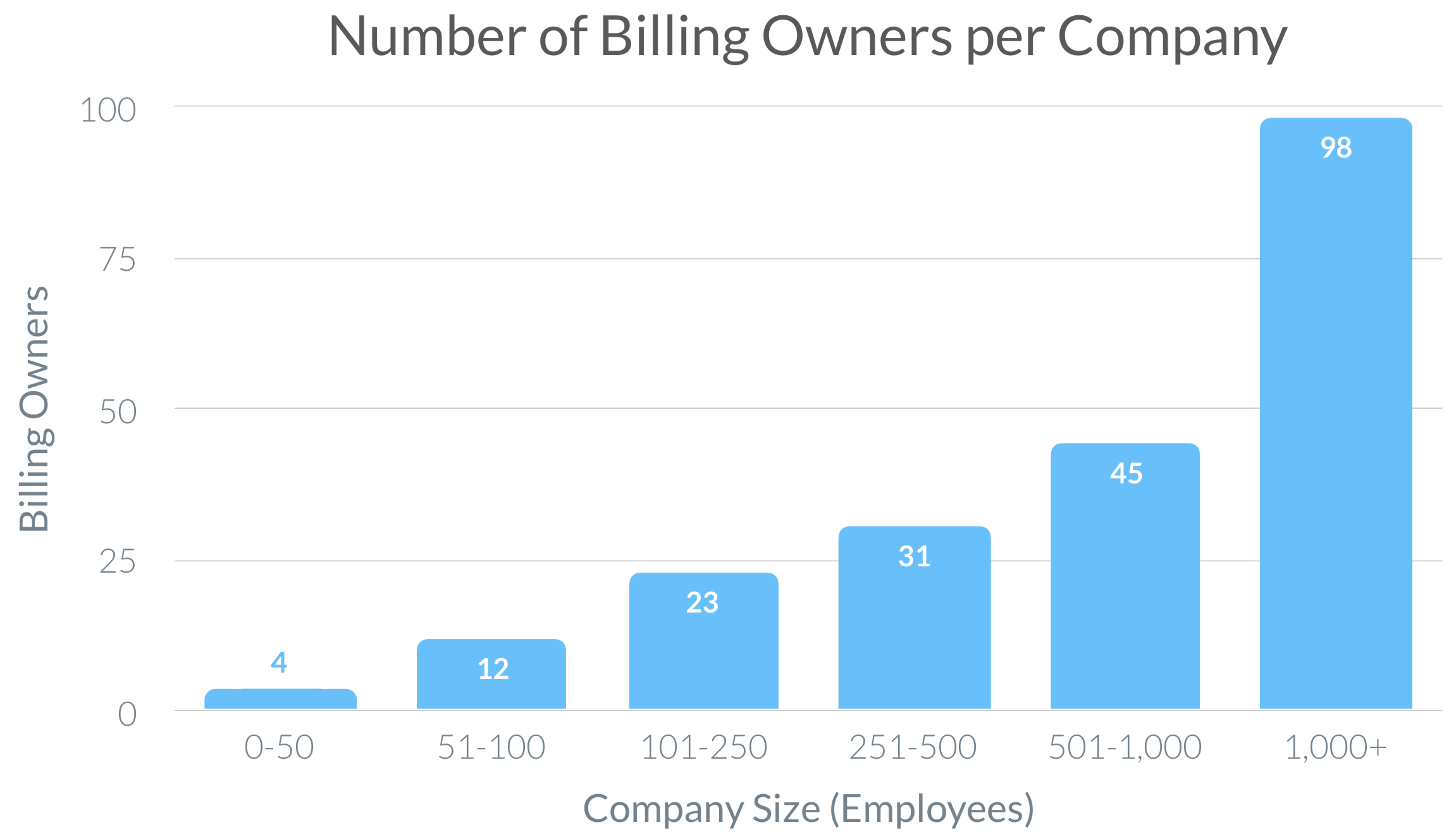
Application rotation
We can say that the only metric for using SaaS is change. Application rotation rate shows how quickly these changes occur. A typical mid-sized company changed 39% of its SaaS applications from 2017 to 18. This turnover rate is higher than the industry average for the outflow of technical employees (one of the industries with the highest turnover rates according to LinkedIn).
SaaS Strategies 2019
Successful IT strategies in 2019 span the decentralized nature and rapid pace of SaaS change. Top-performing IT teams take a collaborative approach to SaaS and set up security barriers for their teams to ensure security and accountability. This allows IT to focus on enterprise-wide initiatives, infrastructure, and processes, while team leaders get the opportunity to select and quickly deploy the best individual applications to achieve their goals.
Personal observations
Potential users of the DentalTap service began to ask less questions about cloud technologies. If a few years ago the share of such issues was about 50%, now it has decreased to 10%. The percentage of communication with technical specialists of clinics or friends of doctors who help them choose a cloud service has noticeably decreased. When discussing the delivery of the service, the owners of the clinics began to set about automating the workplaces of all employees (including doctors), and earlier in most cases it was about automation of the front office of the clinics. Interest in integration with third-party services has grown (every 5th request) - Internet telephony, CRM, online cashier, and we can conclude that clinics have started using more SaaS applications.
Download report
All Articles